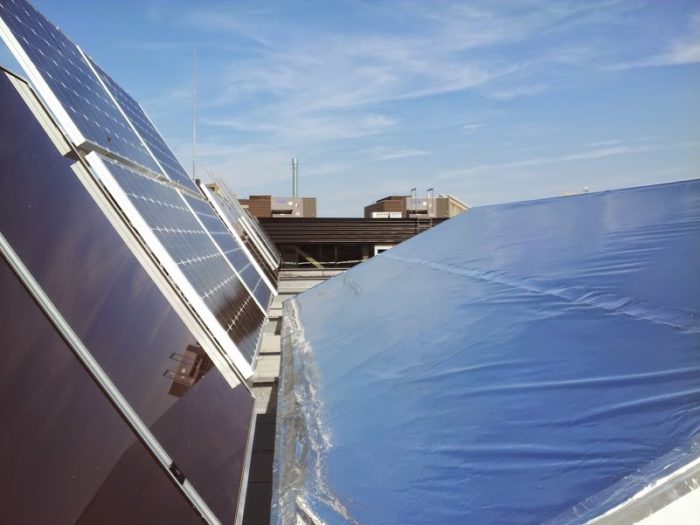
Falling costs for solar power have led to an explosive growth in residential, commercial and utility-scale solar use over the past decade. The levelized cost of solar electricity using imported solar panels — that is, the solar electricity cost measured over the life of the panels — has dropped so much that it is lower than electricity from competing sources such as coal in most of America.
However, the Trump administration on January 22 announced a 30% tariff on solar panel imports into the U.S. This decision is expected to slow both the deployment of large-scale solar farms in the United States and the rate of American solar job growth (which is 12 times faster than job growth for the rest of the economy). The tariff increases the cost of solar panels by about 10 to 15 cents per watt. That could reduce utility-scale solar installations, which have come in under $1 per watt, by about 11%.
The tariffs may lead China and other countries to appeal the move with the World Trade Organization. But could innovations in solar power compensate for tariffs on panels?
In my research, I have found that one solar technology — previously largely ignored because of low-cost photovoltaic, or PV, panels — could make a comeback: the humble mirror, or booster reflector, as it is known in the technical literature.
Capturing lost energy
Most engineering efforts to lower solar power costs are aimed at increasing the efficiency of PV cells, which increases the number of watts produced by a given panel under standard test conditions. This is normally good, but the advantage is reduced with large tariffs that raise the price of solar panels.
Working with a team in Canada, my group has shown that using mirrors to shine more sun on the panels cranks up the output by 30% or more without raising the efficiency (and thus the tariff costs of the panels). Simulations show that a maximum increase of 30% is achievable for an optimized system, which is comparable to Trump’s tariff. Our work was published by the Institute of Electrical and Electronics Engineers (IEEE) in an article in the published in the Journal of Photovoltaics.
We focused our research on the system rather than individual panels mostly because the current setup for ground-mounted solar panel arrays is wasting space and losing precious sunshine. The iconic flat-faced solar panels installed in large-scale (utility-scale) solar farms are spaced apart to prevent shading of the next row of panels.
As the sun shines on the typical solar farm, sending electricity into the grid, a fair amount of the sun’s energy is lost as the light hits the ground between rows of panels. Past efforts have attempted to grow crops in this area between panels, a promising practice called agrivoltaics. However, a solution that captures that energy for electricity production without additional panels, is to simply fill the space with a reflector to bounce sunlight back onto the panels.
Using CGI for solar simulations
Such booster reflectors, also known as mirrors or planar concentrators, are not widely used because of concerns about warranties. Normally, solar panels are warranted for 20 to 30 years under strict circumstances based on accelerated testing done by the manufacturers.
However, when putting more sunlight on the panel with a reflector, there are greater temperature swings and non-uniform illumination. Older simple optical simulations wrongly predicted the effect, which scared manufacturers about module failures. Thus, because of the uncertainty with potential hot spots, using reflectors often currently voids warranties for solar farm operators.
We found a way to accurately predict the effects of reflectors on panels using bi-directional reflectance function, or BDRF, simulations. This phrase is a mouthful, but ironically most of us are used to seeing it used all the time. BDRF is regularly used in movies and video games to create more life-like computer generated imagery (CGI) characters and scenes.
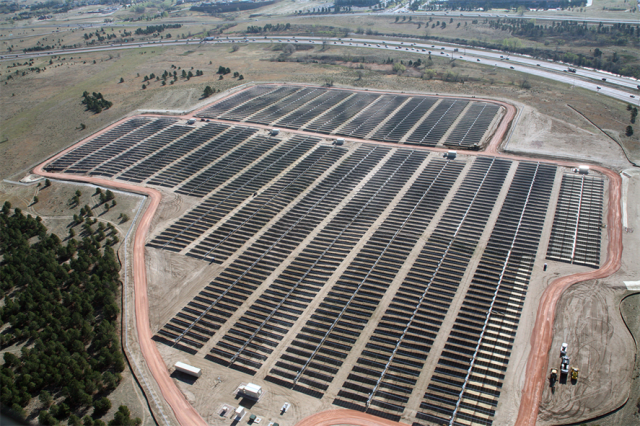
This works for our purposes because BDRF equations describe how light bounces off irregular surfaces and predict how the light will scatter, creating indirect brightening and shadows. This is exactly what we needed to properly predict the impacts of non-perfect mirrors mounted in front of solar panels.
We created a BDRF model to predict how much sunlight would bounce off a reflector and where it would shine on the array. Real surfaces do not necessarily behave like perfect mirrors that perfectly reflect light, even if they look like it, so we applied BDRF models to these materials, which scatter the light instead.
The good news, we found, is that the hot spot behavior was far less than predicted by simple optical models. By showing how the reflectors scatter light as a function of wavelength, we have started to take the risk out of using reflectors with solar panels, as well as show how the reflectors greatly increase solar system output.
Most importantly, we tested the model outside in a real array. We ran an experiment on Canada’s Open Solar Outdoors Testing Field in Kingston, Ontario.
The results were intriguing. With standard panels, not tilted at the optimum angle for the latitude, the increase in efficiency reached 45%. This value is so high because if the panel is not tilted correctly a lot of additional light can be captured by the reflector. However, even with a panel optimally tilted, so very little light was being lost, the efficiency still increased by 18%. Our simulations show it could be pushed to 30% with better reflectors — which is what is needed to counter Trump’s tariff.
Reflectors are not widely used by solar project developers now, in part because solar panels prices have come down so much. It has been typically cheaper and simpler to add more panels to an installation, rather than boost the output of panels by reflecting more light on them.
But now with these tariffs, the solar industry may want to take a close look at reflectors again. A large increase of energy output at the system level by using mirrors could greatly change how solar panels are installed on solar farms, during this time of artificially inflated prices for panels coming from outside the U.S.
Joshua M. Pearce is a professor of engineering at Michigan Technological University. A version of this article originally appeared at The Conversation.
Weekly Newsletter
Get building science and energy efficiency advice, plus special offers, in your inbox.





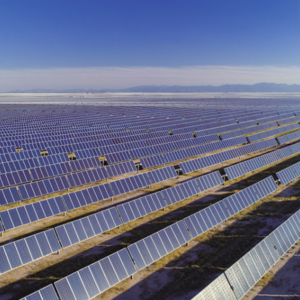
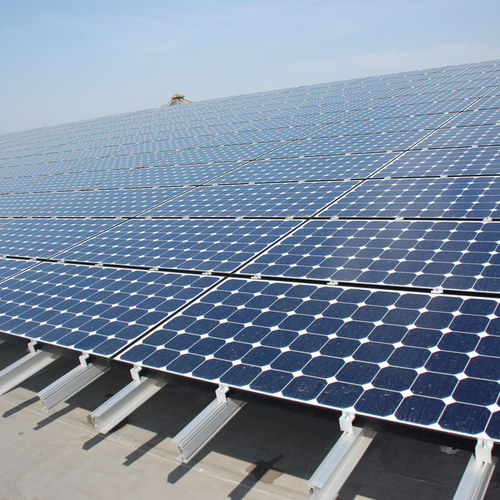
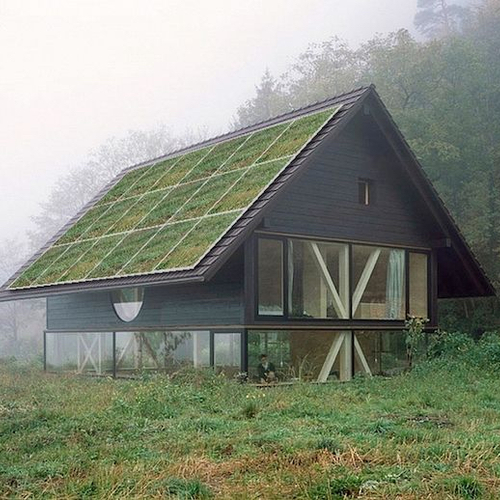







2 Comments
CSP on the way back
Interesting to see renewed interest in Concentrated Solar Power. I remember all the media on the "Sunflower" several years ago.
Cost?
What is the cost of adding reflectors to PV panels? Unless it could be done very cheaply, I would think the cost of additional panels would still be less per watt than what's gained with reflectors.
A more interesting study may be to look at smaller installations (rooftop and sun tracking) where space is not as limited. How much additional power can we get out of a panel with optimized concentrators?
How about combining a PV panel with a hot water pre-heater to both cool the panel and get some hot water?
Log in or create an account to post a comment.
Sign up Log in